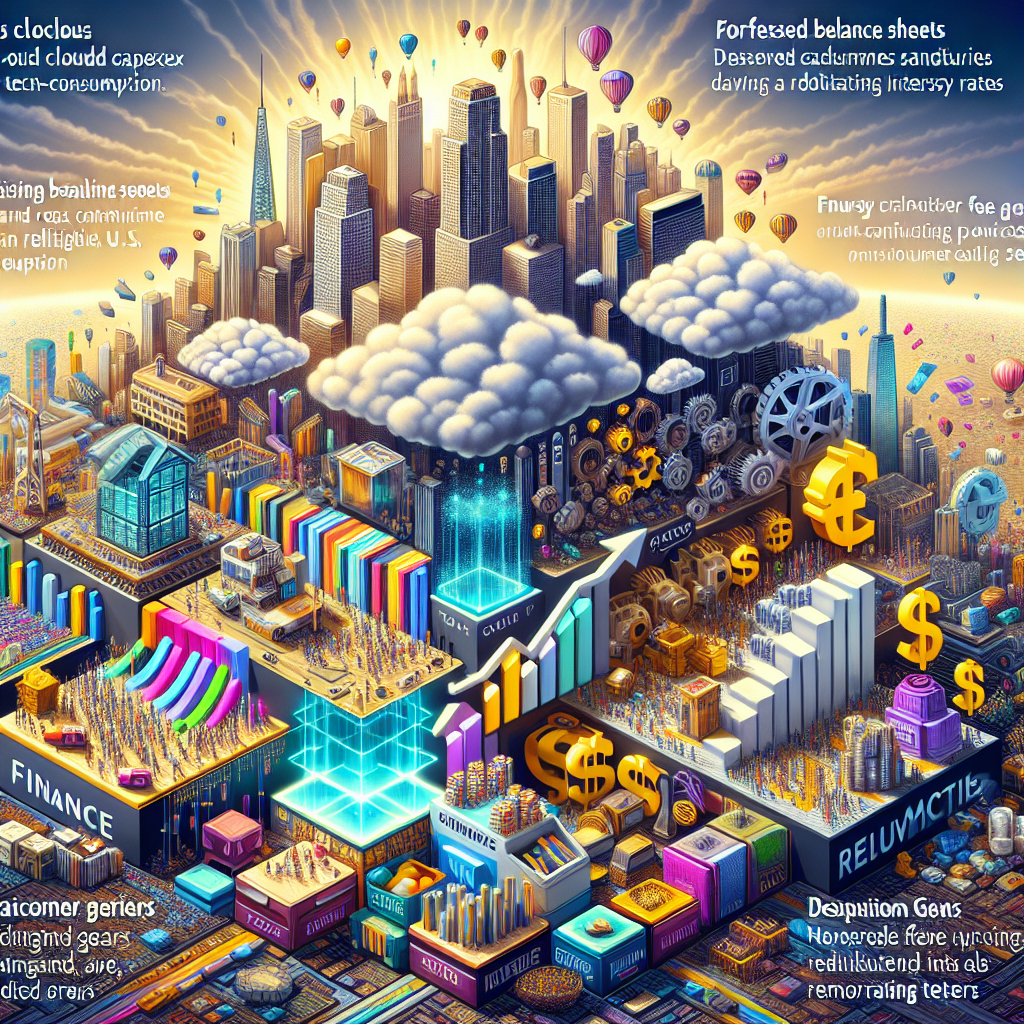
AB InBev (ABI.BR) enters late 2025 with resilient profitability, large‑scale cash generation, and a mixed top‑line backdrop. Over the past six months, the share price recovered from early‑2025 lows yet remains below its 52‑week high, reflecting cautious sentiment on beer demand and currency swings. The company’s trailing‑twelve‑month revenue is 58.52B with a 26.38% operating margin and 12.16% profit margin, and levered free cash flow of 10.16B supports deleveraging and dividends (forward yield 1.96%). Near term, Morgan Stanley trimmed its price target by EUR 1, while AB InBev announced a $15 million U.S. brewery investment and continued adjustments around its Russia JV. This three‑year outlook weighs margin durability, balance‑sheet progress, and brand momentum against input‑cost volatility and volume uncertainty.

Unilever (UNA.AS) enters the next three years from a position of scale but with mixed momentum. As of

KPN (KPN.AS) enters September 2025 with defensive telecom traits and improving momentum. Trailing 12-month revenue is 5.73B with gross profit of 3.08B and EBITDA of 2.28B; profit margin stands at 14.42% and operating margin at 23.83%. Free cash flow of 662M and operating cash flow of 2.16B underpin a forward dividend of 0.18 per share (4.38% yield; payout ratio 89.47%), though leverage remains elevated with total debt of 7.15B, debt/equity of 207.96%, and a current ratio of 0.72. The share last closed near 4.164 on September 4, close to its 52-week high of 4.2050, up 6.59% year-on-year versus the S&P 500’s 17.17%. Low beta (0.25) and a rising 50-day (4.0400) above the 200-day (3.8566) suggest steady sentiment into the next three years.

Infineon Technologies (IFX.DE) enters the next three years with a steadier top line and a busier roadmap. Trailing‑twelve‑month revenue stands at 14.64B with profit margins under pressure, and quarterly revenue growth barely positive at 0.10%. Against this backdrop, management moved to deepen its automotive stack by agreeing to acquire Marvell’s automotive Ethernet unit for $2.5B, a bolt‑on that targets in‑vehicle networking alongside Infineon’s power and microcontroller strengths. The shares have been volatile, trading between a 52‑week high of 39.43 and low of 23.17, and most recently closing near 31.27. Brokers highlighted a “Strong Buy” stance in August, while the balance sheet shows moderate leverage and solid liquidity. This note outlines how execution, margins, and auto demand could shape IFX.DE’s share price through September 2028.

SAP SE enters the next three years with resilient fundamentals and a share price that has cooled from early‑2025 highs. Over the past 12 months the stock is up 17.39%, but it sits below the 52‑week high of 283.50; the last close was 231.35, versus 50‑ and 200‑day moving averages of 248.23 and 251.08. On fundamentals, trailing‑12‑month revenue stands at 35.89B with an operating margin of 28.46% and a profit margin of 18.23%. Cash of 10.18B exceeds debt of 8.75B, and levered free cash flow (ttm) is 7.37B. Quarterly revenue grew 8.90% year on year and quarterly earnings growth was 91.10%, underscoring operating leverage, while a beta of 0.93 implies below‑market volatility. The forward annual dividend yield is 1.03% (payout ratio 42.27%). This note outlines key drivers and scenarios into September 2028.
- ASML three-year outlook: resilient margins, 2026 demand signals mixed
- Tencent (0700.HK) three‑year outlook: resilient growth, cash returns and AI bets
- Li Auto three‑year outlook: solid cash, softer growth, and a reset in expectations
- Unilever (ULVR.L) three-year outlook: valuation reset hinges on execution and cash





